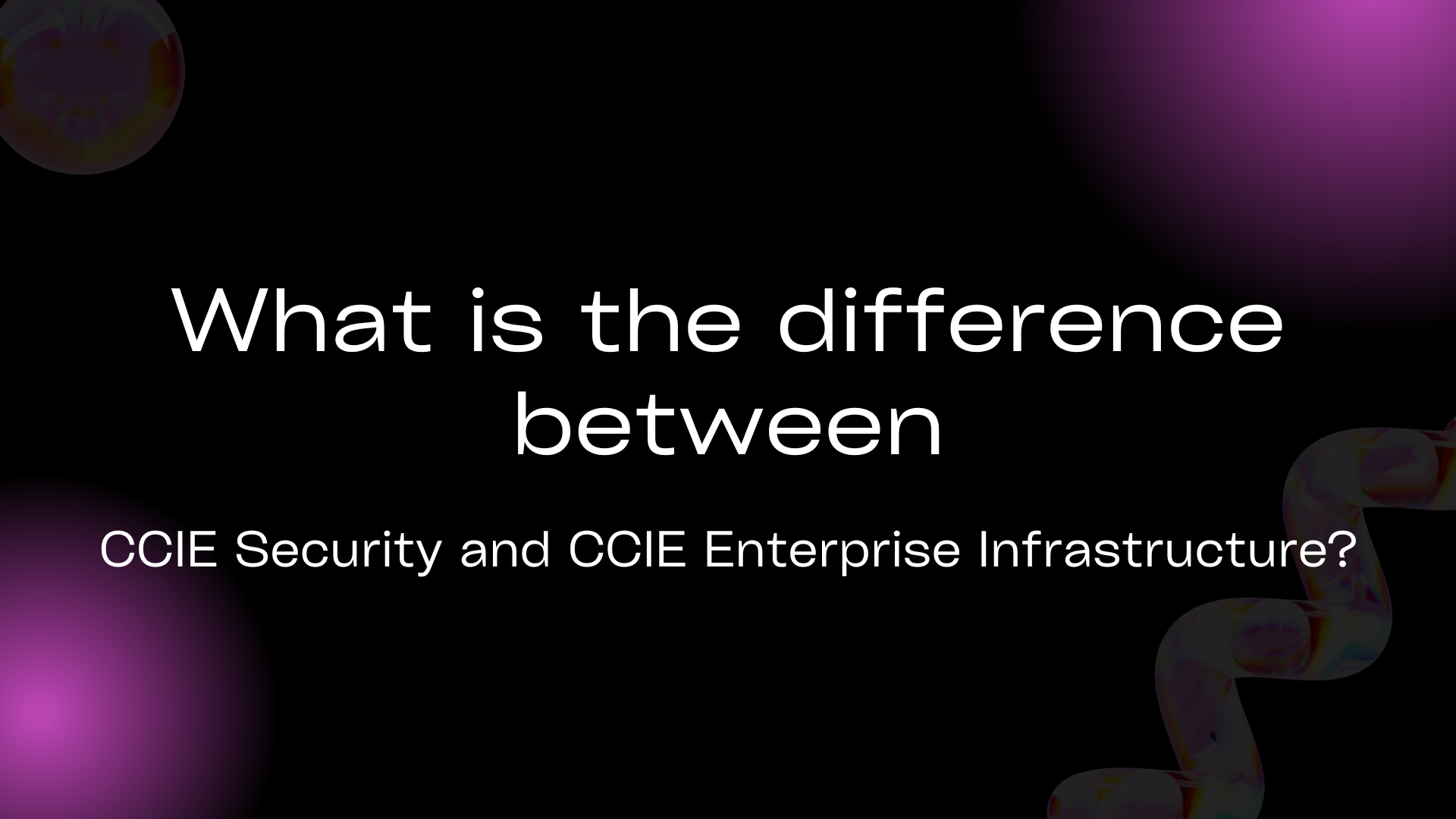Blockchain comes to supply chains

“You either adapt blockchain or disappear,” FedEx CEO Fred Smith said at Consensus 2018, speaking about supply chain management.
The complexity of logistics operations in global trade is increasing every year. There are many stakeholders, groups, and interests involved in modern supply chains. And they all face risks such as a sudden change in demand, fraud, margin shrinkage.
One of the main problems in the company’s logistics is building its own supply chain. The solution to this problem lies in establishing cooperation between various stakeholders with already established interests. Often the enterprise does not have enough money and time for this, and it turns to contractors. Companies, especially at the first stage of business development, cannot always formulate clear requirements for contractors. As a result, they work separately, logistics can fail, and the client remains dissatisfied.
The situation is complicated because many parts of the supply chain are associated with manual processes set up by regulators, and due to the huge number of companies involved in the supply chain, the transparency of the passage of goods is reduced.
The use of blockchain technology can fundamentally change this situation by reducing the number of contractors and increasing the transparency of the supply chain as a whole. With the help of blockchain, the company can independently build a logistics chain, which will certainly speed up the passage of goods and reduce the number of barriers in supply. Improving efficiency in trade logistics can significantly impact the global economy.
The use of blockchain technology can solve many problems in trade logistics related to procurement, transport management, cargo tracking, cooperation with customs, and so on. Let’s see how?
Breakthrough technology
Just as the Internet has revolutionized communication, blockchain has the potential to change existing business practices and business models. DHL and Accenture cite expert estimates that predict blockchain technology will grow from $415M in 2017 to $7.68B in 2022. In a joint study, they point to the huge potential of blockchain to optimize costs and reduce the time required for paperwork in logistics.
An automated digital storage process can replace a complex supply chain with multiple participants and a lot of paperwork. With the help of the blockchain, each interested party gets controlled access to the databases, and transactions can be verified and registered without intermediaries – there is no need to involve them.
Instead of legal contracts that are entered into manually, transactions are recorded using smart contracts, which are actually digital documentation that accompanies the cargo. When sending documents for cargo in paper form, they take a long time, and after the discovery of errors, long proceedings follow. For example, the consignor paid for the goods insurance, and then during the passage of the goods, it turned out that this fact was not mentioned in the documents.
The effect of the use of blockchain in logistics becomes even more tangible in combination with the support of the Internet of things protocol (Internet of things, IoT). In fact, IoT establishes a connection between data from the physical world with information resources. With the help of sensors, you can monitor various assets within the supply chain, process the incoming data, analyze and make decisions based on the analysis.
- The combination of blockchain with IoT is especially relevant in the supply of pharmaceutical goods (attaching sensors to avoid manipulation of medicines and dangerous consequences for patients).
- In the food industry (installing smart thermometers in containers maintains the optimum temperature during transportation of products)
- And in the delivery of works of art and luxury objects (sensors prevent product substitution).
Unlike centralized solutions, information from these sensors cannot be changed and is always available to all chain participants.
Blockchain in action
Some companies have already launched several pilot projects in the field of DLT in logistics. Thus, the logistics company Maersk and IBM have begun to create a global system for the digitization of trade transactions and shipment tracking in maritime transport. The system allows every stakeholder in the supply chain to view the movement of goods.
Unlike an open blockchain network where users transact with cryptocurrencies, enterprise blockchain solutions used in logistics are closed. All participants are identified and have access keys in the form of a special code. It is almost impossible to hack such a system and conduct your own operation since each transaction in the chain requires the consent of all its participants.
Walmart has launched a pilot project with partners to trace the origin and care of products such as pork from China and mango from Mexico. The system already has mechanisms to identify and correct improper food care throughout the journey from farm to store.
The project was launched last fall, and in the spring of 2018, the corporation was already able to report on the first results. Before the introduction of blockchain, it took a week to verify the origin of a batch of goods. Blockchain allows you to do the same in a few seconds. Walmart Vice President Frank Yannas said that both the chain’s stores and suppliers, and manufacturers are participating in the project. The corporation plans to make sure that the blockchain stores information about all goods supplied to the stores of the network. And this is not only the number of a specific package but also data on all operations with the product before it became a commodity, for example, information about the fertilizers used and feed. That is, entries in the blockchain start with farms: the farmer enters data about the product into the application on the smartphone. Thus, this information is recorded in the distributed registry database. It will be possible to find out where this or that potato grew, how the cows were fed, etc.
Future in an association?
The future of blockchain depends on many factors. The study by DHL and Accenture states that the final step in blockchain adoption involves scaling the solution and realizing its benefits. DHL draws an analogy to the social network Facebook: the value of a community increases when more people connect to it.
Blockchain is not yet a mature technology; it is not applied on a large scale. How blockchain technology appeared in 2008, but they started talking about it separately from cryptocurrency only in 2017. Suppose we are talking about the introduction of technology into the work of companies. In that case, this is not a quick process: enterprises must test it at home and agree with other participants in the process. It may take several years to create such ecosystems.
To begin with, all participants in business processes using the blockchain should agree among themselves on which rules of the game to apply. Blockchain solutions are spreading in the market, and their participants are consolidated under the leading systems. For example, in finance, this is the R3 consortium, in the automotive industry, MOBI, and in logistics, Hyperledger. In associations, it is easier and more convenient to draw ideas for blockchain platforms, test various management models, and hone business processes already using technology.
Research by DSCI and APQC shows that only 1% of responding organizations currently use blockchain in their supply chain operations, and only 35% are currently exploring the use of blockchain. Of those surveyed (in both studies), almost 50% of organizations are not using or exploring the blockchain or its capabilities.
One reason for these numbers is because the technology is too new. Bitcoin and blockchain have only been taken seriously by the general public for the last couple of years. As more information about the technology spreads, the interest of companies will better translate into investment.
The introduction of blockchain in logistics will ensure data safety, protect the repository of documents from hacking, and eliminate the possibility of changing information about transportation progress. Such a system can certainly reduce delivery delays and reduce the likelihood of fraud, saving billions of dollars throughout the shipping chain. According to the World Trade Organization, eliminating barriers in the international supply chain of goods will increase world GDP by 5% and total traffic by 15%.
Output
Blockchain is another powerful weapon in the arsenal of a responsible business. But for everything to work the way it should, it is better to entrust this matter to a specialized team that will create and integrate blockchain technologies into sales chain management.


